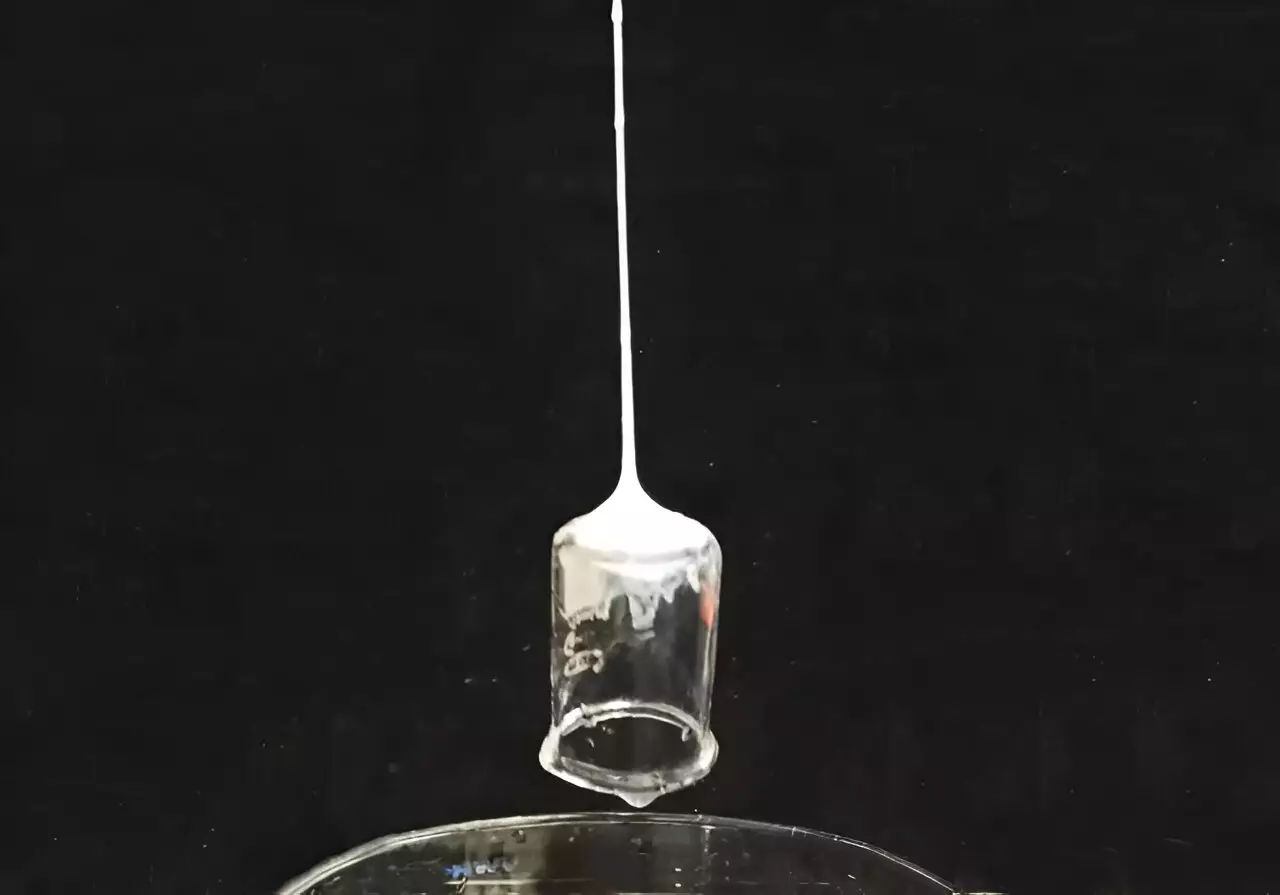The whimsical visions of childhood, where one imagines themselves swinging across cityscapes like a superhero, stand at the intersection of imagination and innovation. Recently, researchers at Tufts University have taken inspiration from this playful fantasy to develop groundbreaking web-slinging technology that turns these dreams into tangible scientific advancements. Published in the journal *Advanced Functional Materials*, this research showcases how the humble silk of moth cocoons can be transformed into a functional material capable of lifting and securing objects in startling ways.
The roots of this remarkable technology lie in the natural production of silk by various organisms. The Tufts University Silklab has harnessed silk fibroin, derived from silk moth cocoons, and demonstrated its incredible versatility. The process begins with boiling these cocoons in a solution to break them down into proteins, which can then be transformed into a silk fibroin solution. This unique material can be extruded through fine needles, where it immediately solidifies into a fibrous string upon exposure to air, mimicking the actions of nature’s silk producers.
While nature provides the foundational material, its complex mechanical properties—like tensile strength, elasticity, and adhesive quality—pose significant engineering challenges. The way spiders manipulate their silk to suit their needs presents a formidable task for researchers attempting to replicate such precision and versatility in their own synthetic versions.
An unexpected, chance discovery during a seemingly unrelated experiment propelled the researchers closer to their goal. Marco Lo Presti, a research assistant professor at Tufts, found that an organic solvent interaction produced a web-like substance while cleaning up his laboratory glassware. This fortuitous moment was pivotal; the silk fibroin gel transitioned from liquid to a semi-solid state when treated with dopamine, a chemical already used in their experiments for strengthening adhesives.
This unique application of dopamine managed to expedite the solidification of the silk fibroin solution, overcoming previous limitations in replicating the behaviors of natural spider silk. The development forged new pathways, allowing for a rapid formation of strong and sticky fibers, capable of functioning beyond prior expectations.
Engineering Marvels: Crafting the Superhero Fiber
The research team’s commitment to innovation did not stop there. By optimizing their silk fibroin-dopamine solution with additional components like chitosan—extracted from insect exoskeletons—researchers significantly enhanced the tensile strength of the fibers. They also introduced a borate buffer to increase adhesion properties substantially. These advancements enabled the production of fibers that were considerably stronger and more versatile than their predecessors, showcasing their potential as practical tools in various fields.
Using a coaxial needle, the team expelled the silk solution wrapped in acetone, creating conditions that prompted immediate solidification as the liquid evaporated in mid-air. Notably, these newly engineered fibers displayed an astonishing capability to securely lift objects over 80 times their own weight in diverse scenarios, showcasing their immense application potential.
While natural spider silk remains vastly superior in strength—reportedly 1,000 times more robust than the synthetic fibers created in this study—the ingenuity of science allows for progressive adaptation and increasing capabilities. Instead of merely mirroring nature, Tufts’ researchers are pushing the boundaries by designing a new type of material that embodies the spirit of superhero stories. As Lo Presti emphasized, their device allows for fibers to be shot from a distance, diverging from the traditional methods seen in nature.
Fiorenzo Omenetto, the director of the Silklab, aptly encapsulated the mission of the researchers: to navigate the blurred lines between fantasy and scientific application. “Inspiration can stem from diverse sources,” he argued, “be it nature, comic books, or science fiction.” This ethos of marrying imagination with engineering illustrates not only the compelling allure of technology but also its power to usher in the possible wonder of the future.
As they continue refining their methods and tackling ongoing engineering challenges, Tufts University’s venture into this realm signals potential breakthroughs in diverse industries. Possible applications range from eco-friendly adhesive solutions to robust materials for medical devices and even more sustainable microchip manufacturing techniques. Every step forward provides the opportunity to explore realms previously confined to the pages of comic books, encapsulating that exhilarating blend of scientific discovery and creativity. Thus, the legacy of childlike wonder is interwoven with groundbreaking progress, creating a truly exciting narrative in the evolving dialogue of technology and innovation.


Leave a Reply